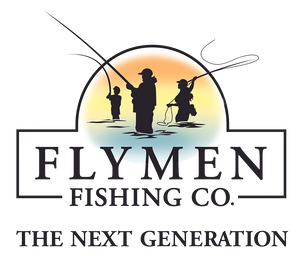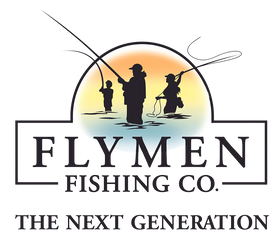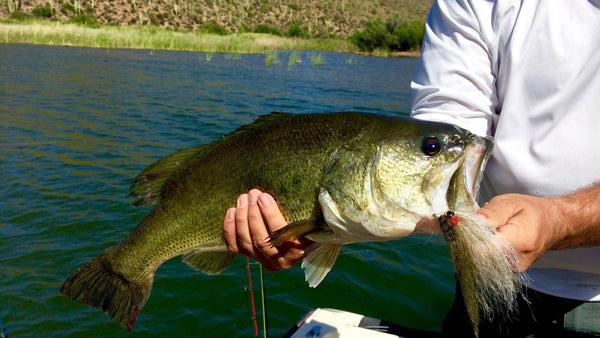Flymen Blog
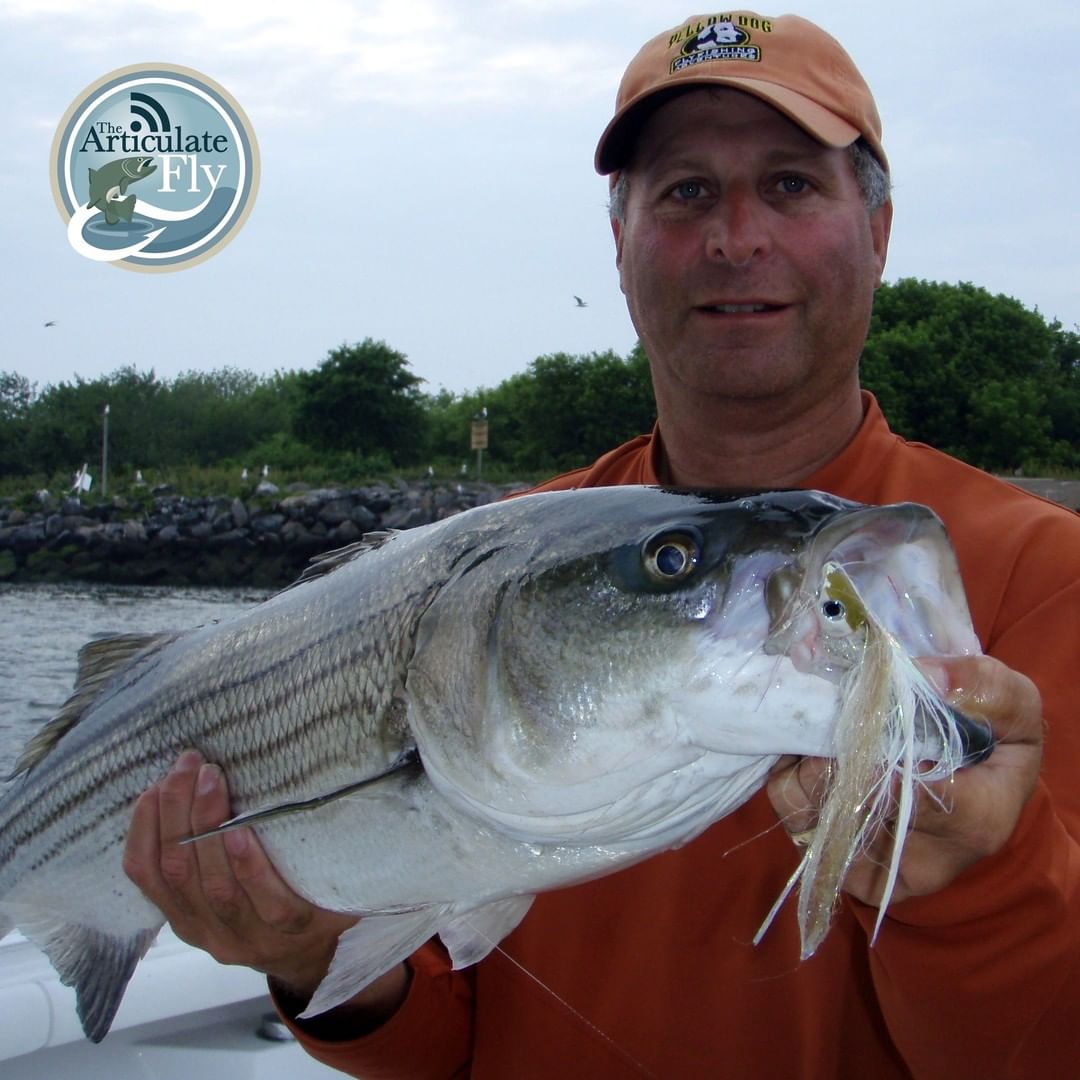
The popularity of fishing for striped bass in freshwater has exploded as more and more fly anglers have experienced the excitement and intense fishing action that comes with it.
In this episode of The Articulate Fly Podcast with Marvin Cash, Henry Cowen shares his experiences growing up and fishing in New York City, his striper learning curve when he moved to the South and how the gear guys have influenced his fly angling.
Henry is best known for helping to popularize chasing freshwater stripers on the fly and is releasing a new book, Fly Fishing for Freshwater Striped Bass: A Complete Guide To Tackle, Tactics, and Finding Fish.
Available through Flymen, if you pre-order one of the first 250 copies of Henry's new book you will receive a SIGNED COPY from the author! This highly anticipated book has an expected release date to you of October 15!
Not only that, 10 of these pre-orders will win a fly personally tied by Henry Cowen with a personally signed card!
Learn more about Henry's new book and reserve your copy.
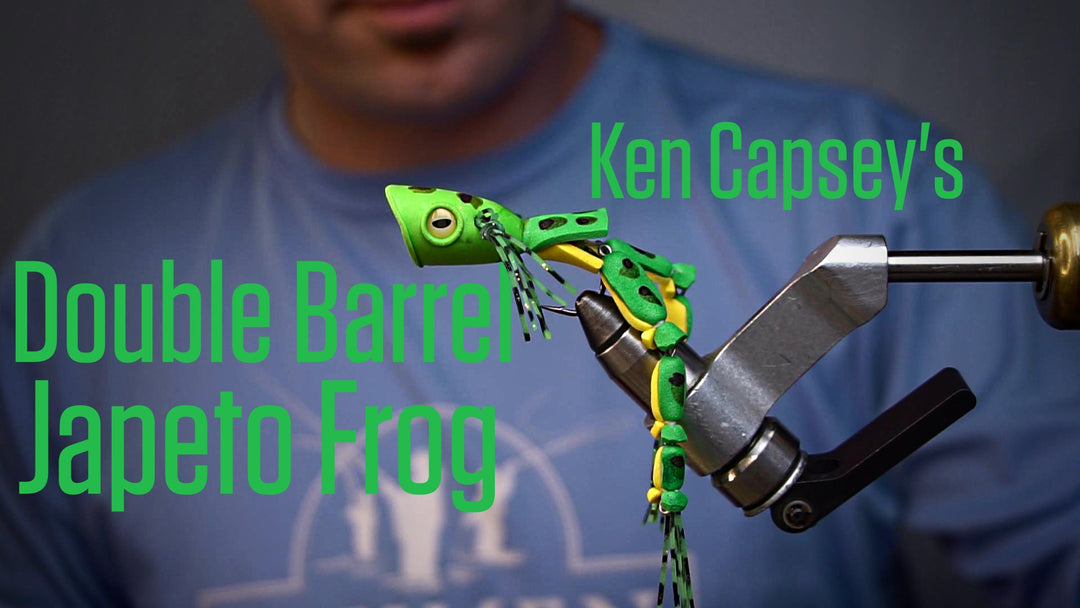
This frog imitation fishes super well... and looks like it will hop out of your fly box on its own.
Ken Capsey's Japeto Frog is easily one of the most fun flies I have ever tied!
The target species for the Japeto Frog is bass (smallmouth, largemouth, spotted), but pike, musky, and even snakeheads are targetable with this fly as well.
When fishing the Japeto Frog, cast to lily pads, moss, grass, weeds, or any structure close to the bank. Typically, fishing a frog pattern is noticeably faster than other topwater patterns, but observe and let the fish tell you the speed you should be moving with.
Fly Recipe
- Feet: Sili-Legs
- Body: Craft Foam
-
Front Legs: Sili-Legs
You can follow Ken Capsey on Instagram @pike_picker.
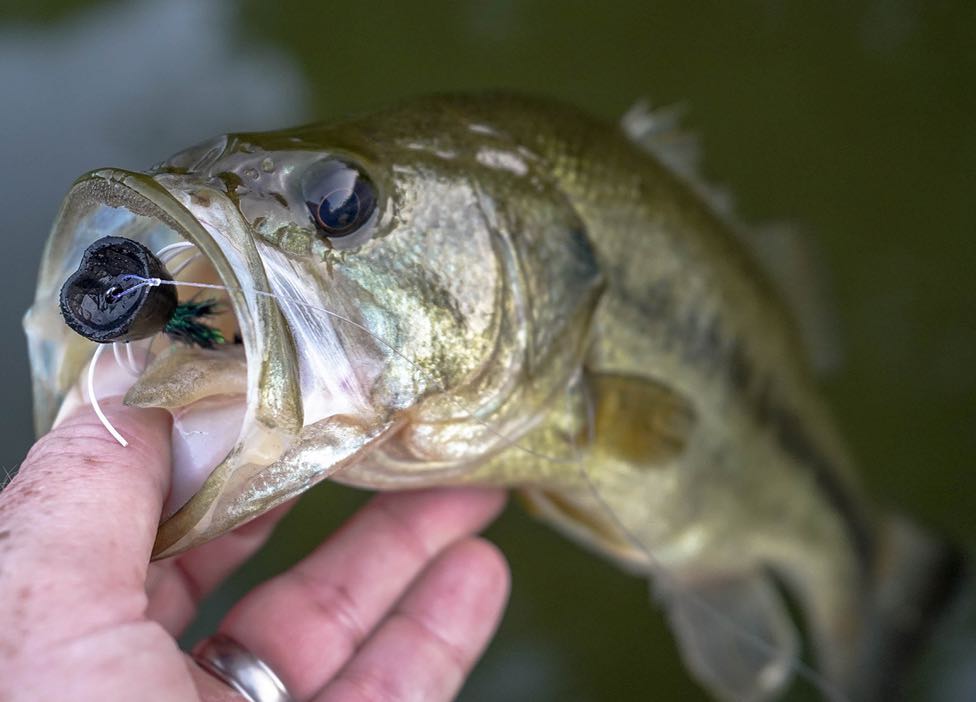
Bass like to party, which is what makes them the most chased game fish in the United States.
Aggressive eats, jumps, and willingness to eat on the surface make bass a fun fish to chase, especially on the fly. Personally, I think the topwater takes are where it’s at in bass fly fishing. Part of the fun is getting the fish to eat what you want it to eat.
If you’re set on getting bass to eat on the surface and it’s not working, before you give up and switch over to fishing a streamer, try dialing it back first. That’s where the topwater finesse comes into play.
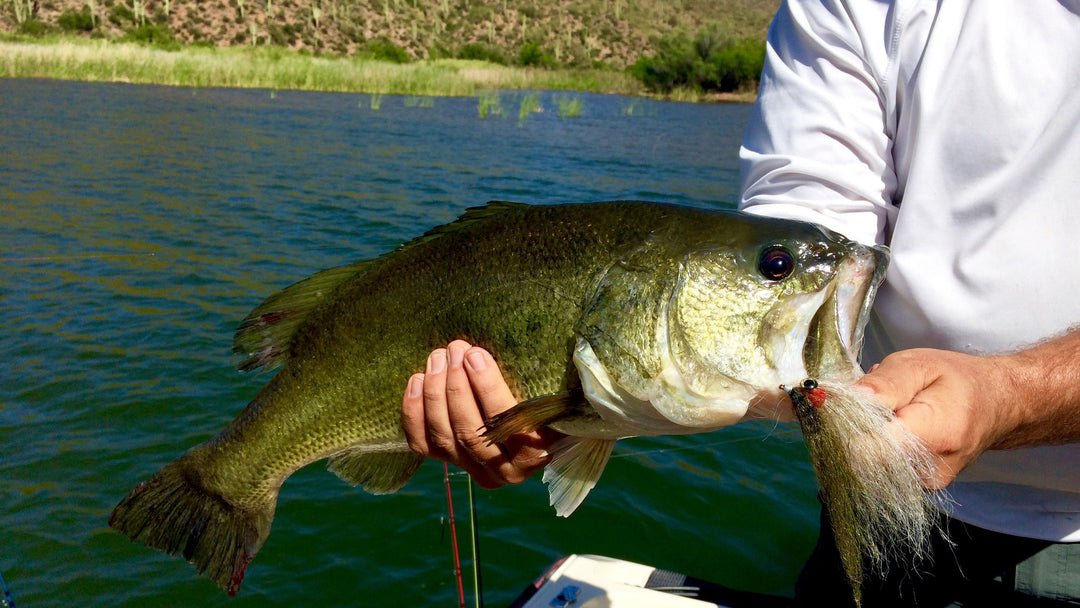
As streamer fly fishing has risen in popularity, streamer designs have taken off like never before.
If you haven't noticed, there are a lot of designs out there. One thing I've noticed about the plethora of new streamer patterns is that many of them (other than a few highly specialized designs) are designed basically around one thing: catching trout in fast-moving water.
So when I grabbed a handful of cleverly crafted baitfish patterns and headed out to my local warm-water bass lake, I found them highly lacking in some important qualities. They didn’t catch very many fish. I quickly realized that something designed for moving water didn’t automatically fit the bill when things became more static.
My answer was to just develop my own streamer patterns and fish away, but if you don't tie your own or have countless hours to experiment and design your own stuff, I realized that the already established cold-water patterns can be just as effective for warm-water species — they just need some adjustment in rigging and common sense when it comes to fishing techniques.
Here are some tricks I’ve used to adapt some commercial fly patterns to be as effective on your local warm-water lake as they are in the famous rivers they were intended for.
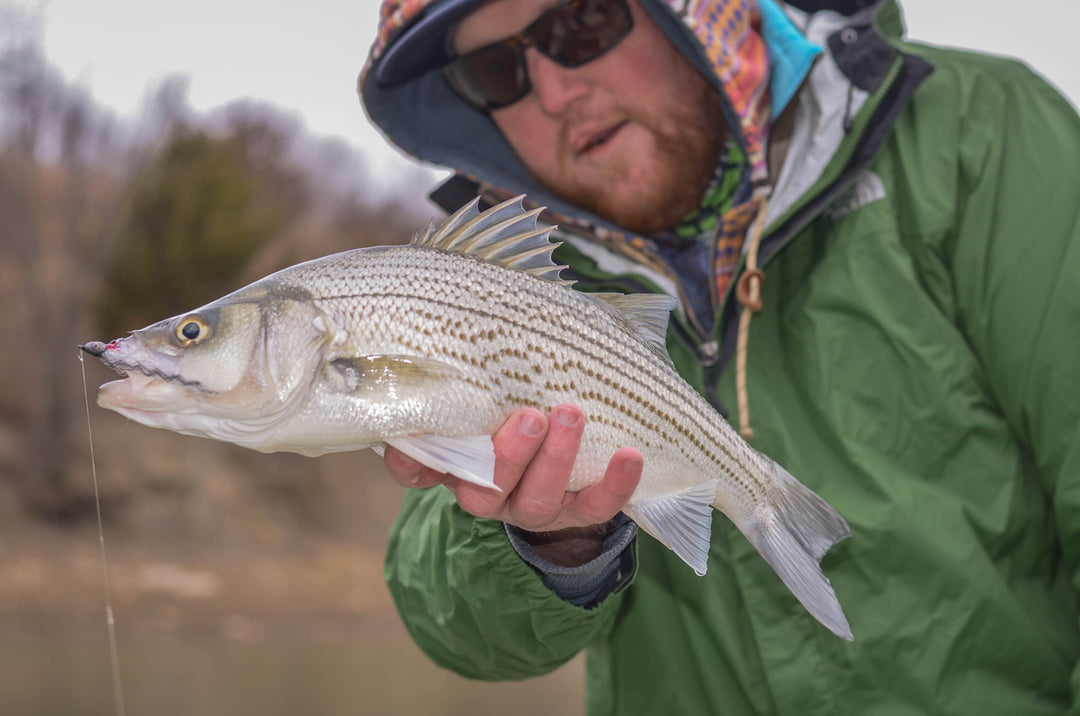
Over the last few years I've spent the majority of my fishing time chasing whites, hybrids, and the occasional striper around the Midwest.
While the Clouser Minnow is the staple fly for most temperate bass, sometimes you've got to shake things up a bit. The Clouser would be the equivalent of a Hare’s Ear nymph in the trout world; you can almost always get fish to eat it, but it may not be the most productive at that given time. Consider it like Sex Panther Cologne: “60% of the time it works every time." With that being said, I would never go on a white/hybrid bass fishing trip without a box of Clousers.
Fly tyers before us had to work hard to get the most out of their feathers and hair, but with new fly tying materials readily available in today's market we have the ability to alter the action and profile of the fly relatively easily.
Here are some things to consider to shake it up and get a more diversified bass fly box.
